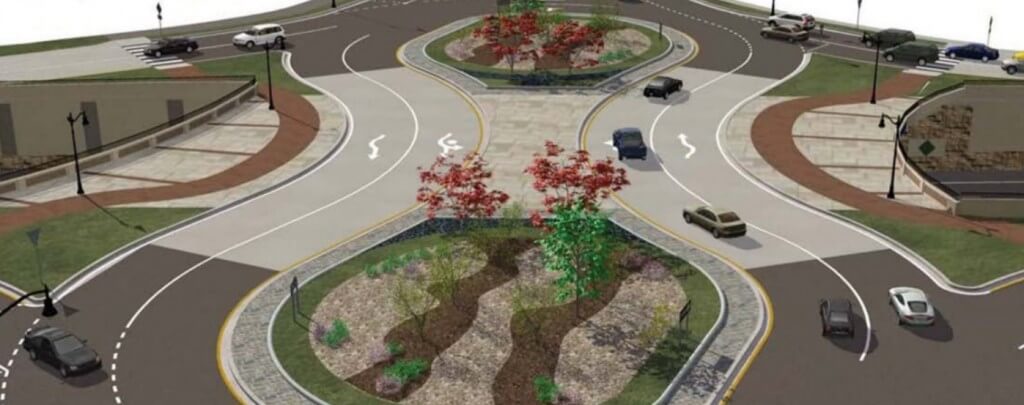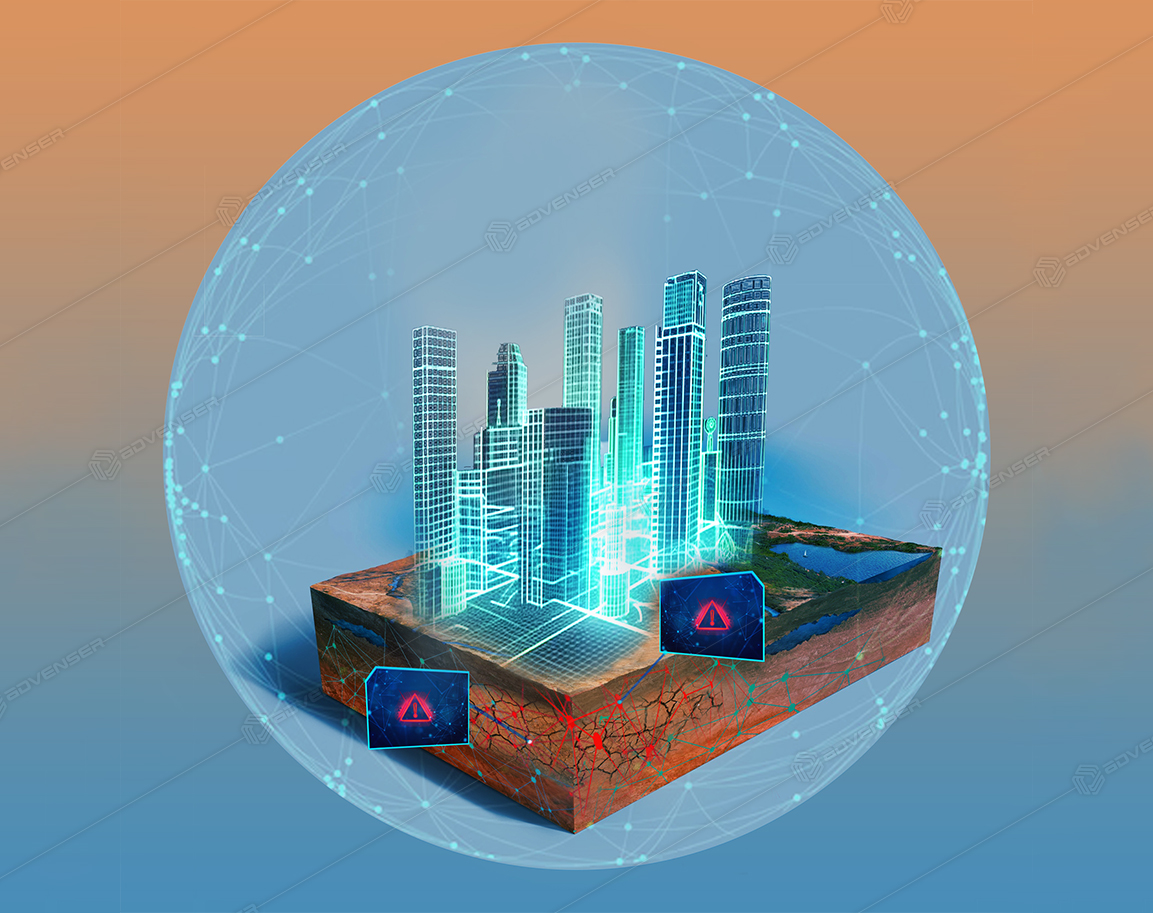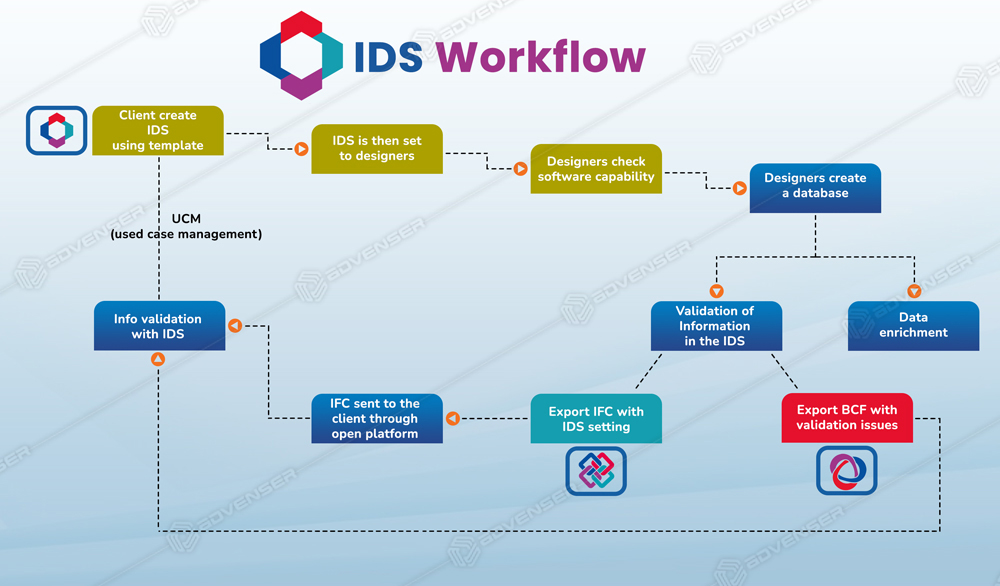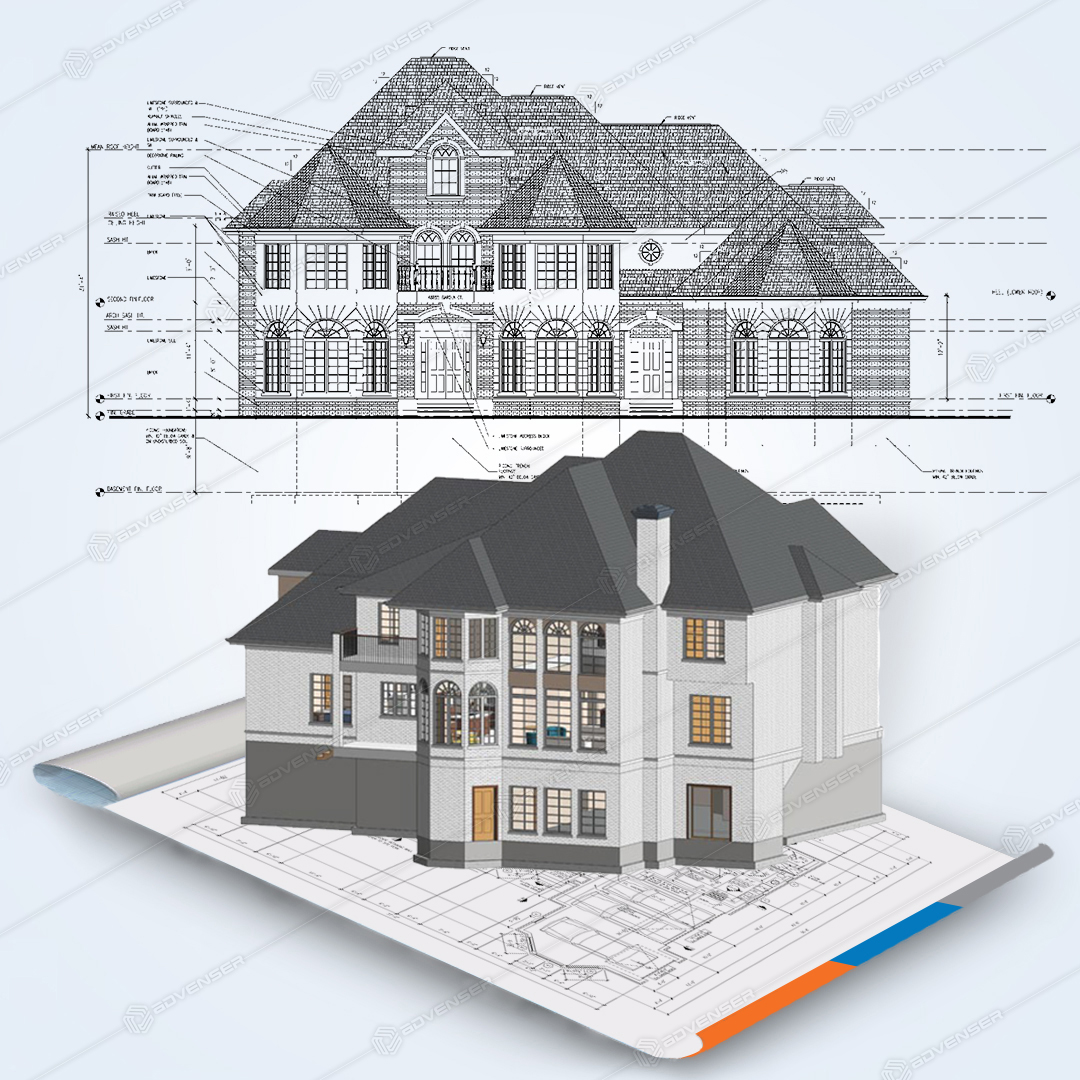“Is revolutionary technology a fad?” are over. The dust has settled. It is safe to say that the AEC industry has unanimously agreed upon the resourcefulness of BIM.
What comes next is finding out what else we can incorporate or improve with BIM. BIM for infrastructure, also known as horizontal BIM, Heavy BIM or Civil information modeling, has gained a lot of traction in that respect over the past decade. In this domain, where the “building” in Building Information Modelling is considered more of a verb than a noun, the question of feasibility is a no-brainer. The benefits of vertical BIM translate on a much larger scale. Almost to the point that it makes us wonder why BIM wasn’t originally introduced to augment the infrastructure industry. Maybe due to the fact that the idea of populating an infrastructure model with intelligent objects seemed too incredulous or far-fetched at the time.
Designing Alternatives
In infrastructure design, this is where BIM hits the home run. Unlike vertical construction projects, a majority of the horizontal projects are upgrades to existing infrastructure. Redesigning a traffic-clogged intersection, a new wider and stronger bridge, a structural addition to an existing dam; all these projects come with a variety of localized challenges which need to be addressed. Ironically enough, these challenges pose as audition opportunities for various AEC firms to propose their most efficient and information-laden solution to land the project.

The redesigned Keystone Parkway in Carmel, Indiana, with 78% reduced accidents post-construction.
Image courtesy: American Structurepoint, Inc.
Exploring design alternatives with accurate information and simulation would have been hard to even contemplate prior to BIM. These solutions need not be traditional with successful precedents. Engineers could explore every avenue and think outside the box to come up with innovative solutions. Like moving an entire bridge to a temporary supporting pier while building the new bridge in its place without affecting traffic. Or building a double teardrop roundabout at an accident-prone intersection. These are not just aesthetic designs. Rather designs that best address the challenges that called for a change in infrastructure.

BIM Model & actual detour piers.
Image courtesy Sellwoodbridge.org
With the help of aerial survey techniques such as LIDAR and drone survey, an accurate site model can be imported as a point cloud which then acts as the base for all proposed model and structural changes. For below grade structures, a ground penetrating radar survey shows all the existing objects in the surrounding that have to be circumvented during design. Like when an urban road network is modified, the below grade structures can be routed in a lot of different ways to avoid interference with supporting structures of surrounding buildings and other infrastructure.
Every design alternative can be explored for feasibility, cost, ease and time for construction; have its pros and cons weighed out at the grassroots level and implemented to best suit the situation at hand.
Large Capital Pool
The years ahead look poised to transform the world of infrastructure design. A whole array of determining factors besides “good design” has entered the fray. With increasing investor participation, infrastructure assets need to stand out among its competitors to attract market value. From border walls to sporting arenas, new political landscapes have indicated increased spending in infrastructure for a variety of domestic interests.

Trends in global annual infrastructure spending. Source: pwc.com
The global spotlight on climate change has also become a catalyst for numerous projects aimed at decarbonizing economies. Our rapid urbanization has tremendously reduced the time in which an asset is now considered obsolete, pushing for newer, better structures with superior life cycle management. With almost $4.5 trillion a year being spent between now and 2020, it would be unwise of AEC firms to sit out this global infrastructure market that is bound to takeoff.








